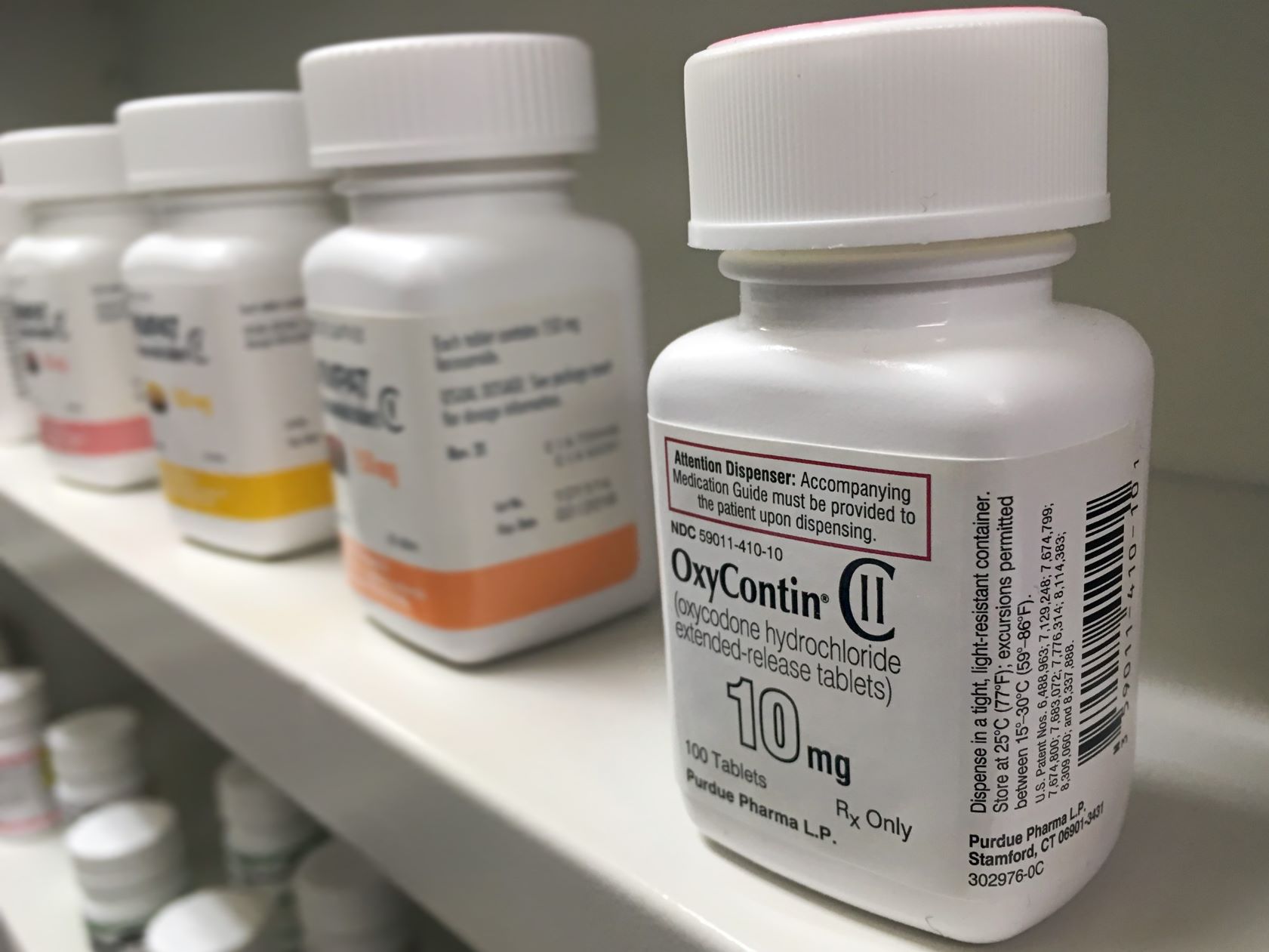The Maine Recovery Council on Thursday took the first steps toward distributing more than $9 million in opioid settlement funds in an initial round of funding to organizations around the state.
The council, acting nearly a year after it was formed, gave preliminary approval for several programs over two years.
Without requests for proposal written and other procurement details in the works, the council is still some time away from distributing that money, chair Pat Kimball said Thursday, but she said she hopes that can be done quickly.
The votes represent the first formal action to distribute the monies, which come from lawsuits filed against big drug makers responsible for making and selling the opioids that have caused the nationwide overdose crisis.
Maine is expected to receive about $235 million over the course of 18 years, but with Purdue Pharma and Mallinckrodt’s bankruptcy proceedings still underway, that total is likely to change.
The 15-member Recovery Council oversees half of Maine’s total settlement funds.
On Thursday, the council voted unanimously to fund programs in four categories: harm reduction, treatment, prevention and recovery support. This first round will be distributed over two years and amount to $9.08 million.
Under the harm reduction category, the council voted in the first year to provide $75,000 to each of Maine’s 17 certified syringe service providers, plus $200,000 in start-up funding for a new service provider.
Syringe service providers are community-based organizations that provide clean supplies, like needles, and can help connect people to other services, such as HIV testing or treatment providers. In the second year, assuming there is a new service provider, all 18 sites will receive $75,000 each.
Under the treatment category, the council voted to provide start-up funding for two new detoxification centers with at least 10 beds each in Androscoggin and Franklin counties. Both locations will receive $1.5 million each.
For prevention, the council will provide $750,000 a year for two years to the Peter Alfond Foundation and the Maine Youth Action Network to directly support youth organizations. It will also provide $700,000 a year for two years to support community action programs’ emergency financial assistance programs for families.
And lastly, under recovery support, the council will provide $350,000 for the acquisition of a building and start-up funding for a new recovery community center in Piscataquis County.
Kimball said that the council will be able to provide funding through some of the identified organizations’ pre-existing contracts with the state. Other funding will go through a more traditional request-for-proposal grant process.
The council tried to balance their funding targets with programs that already exist, Courtney Gary-Allen, the organizing director for Maine Recovery Advocacy Project, said.
The council will likely fund more recovery support programs in the future, for example, once the state determines who will receive $3.5 million in state funding to expand substance use disorder services in Kennebec and Washington counties that Gov. Janet Mills announced earlier this month.
The recommendations from the council’s subcommittee on programming, needs and grants comes after several months of discussions on priorities and frustration – from both within and outside of the council — about the council’s slow pace.
According to the latest overdose report from the Office of the Attorney General and the University of Maine, 723 people died from fatal overdoses in 2022 and 513 died in the first 10 months of this year.
Since the council’s first meeting in November 2022, there have been more than 9,200 nonfatal overdoses and over 650 suspected and confirmed fatal overdoses.
Despite these criticisms, Kimball, the chair, said after Thursday’s meeting that “it had to be this way.”
“As much as we didn’t want it that way, we knew that we had to put certain things in place. And so we did what we felt was right.”
Each unanimous vote on the spending plan was met with claps and cheers from the council members.
“That is very exciting,” Chasity Tuell said after the first vote. Tuell is the Northern Maine harm reduction coordinator for Maine Access Points.
This is just scratching the surface of what they will eventually fund, Kimball said. The council will discuss a second round of priorities at their next meeting in January.
“We’re moving forward,” Kimball said.







